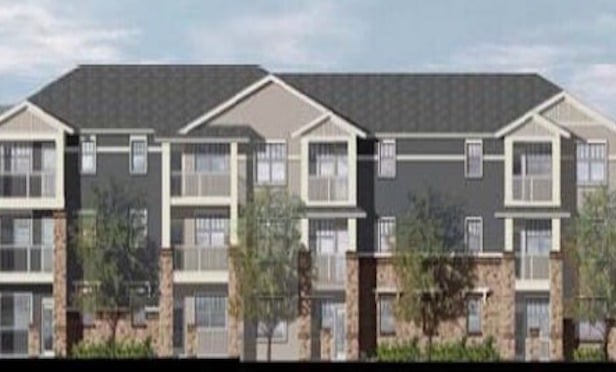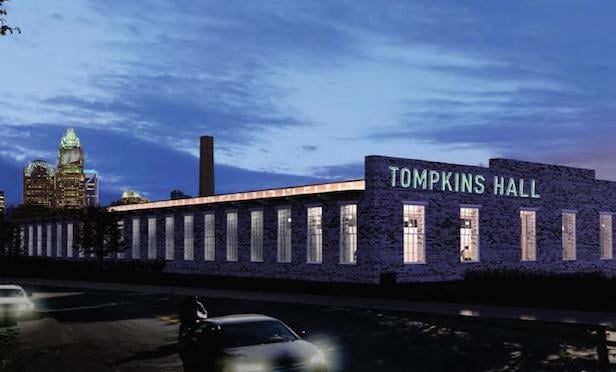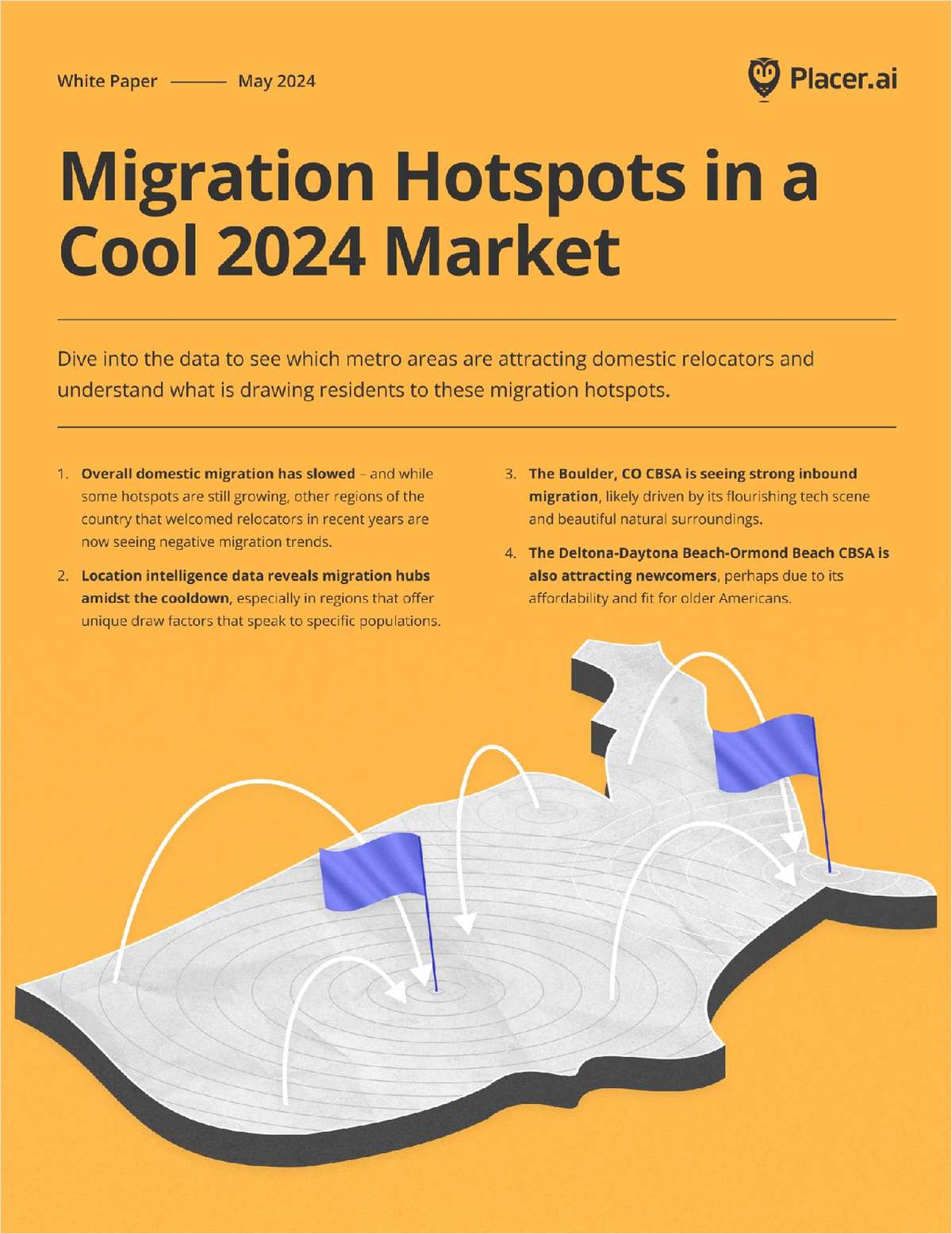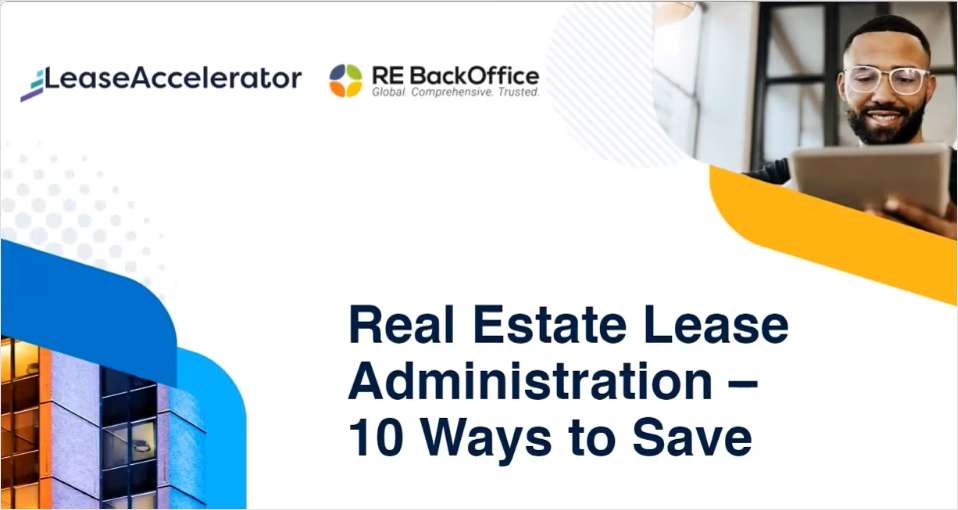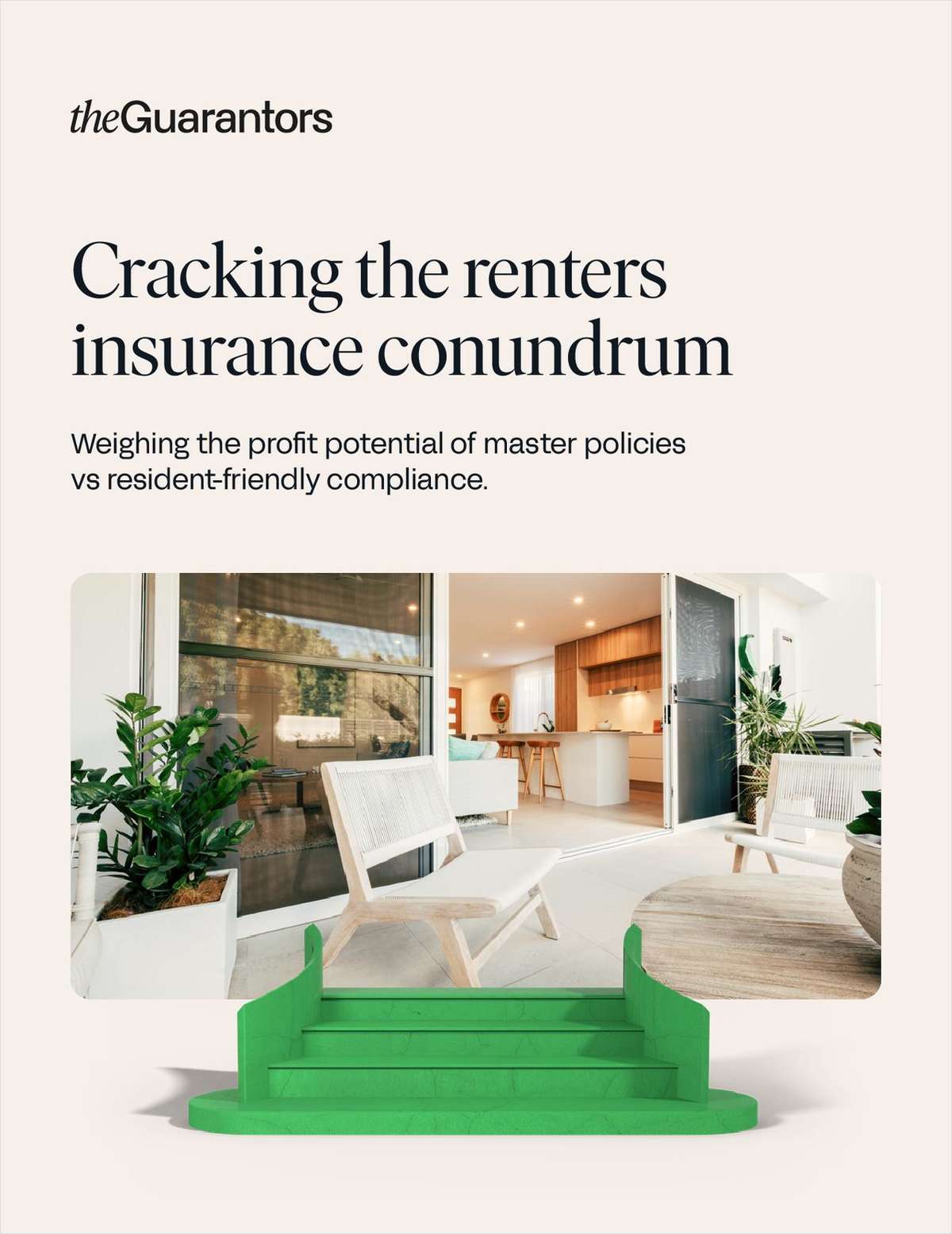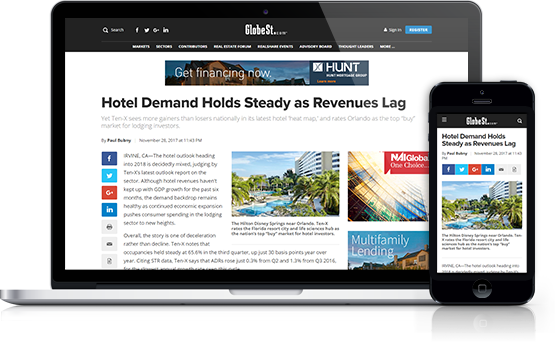Most of the growth in North Carolina spreads outward from thestate'slargest metropolitan areas, where three out of every fournew residents moved in the past decade. Charlotte, Raleigh andGreensboro are three of the cities that are experiencing growingpains not felt by most other residentsof the state, the reportnotes.
Today, Charlotte and Raleigh have the Southeast's most expensivehousing andsome of the dirtiest air in the country. Both arebuilding highways aroundthe city as a way of relieving traffic andenvironmental problems. Manyobservers consider these efforts futileand a waste of state funds. The report calls for greater spendingon public transit and preserving openspace.
In the Charlotte region, the number of miles commuters traveleach day andthe amount of fuel wasted in traffic congestion morethan doubled in the last decade, according to the study.
Continue Reading for Free
Register and gain access to:
- Breaking commercial real estate news and analysis, on-site and via our newsletters and custom alerts
- Educational webcasts, white papers, and ebooks from industry thought leaders
- Critical coverage of the property casualty insurance and financial advisory markets on our other ALM sites, PropertyCasualty360 and ThinkAdvisor
*May exclude premium content
Already have an account?
Sign In Now
© 2024 ALM Global, LLC, All Rights Reserved. Request academic re-use from www.copyright.com. All other uses, submit a request to [email protected]. For more information visit Asset & Logo Licensing.


